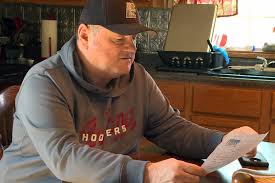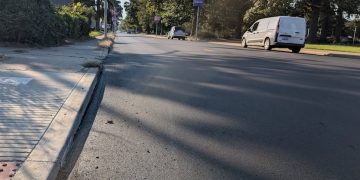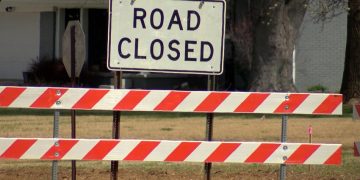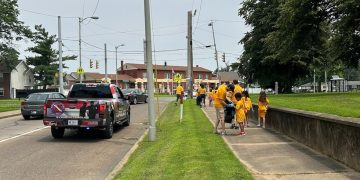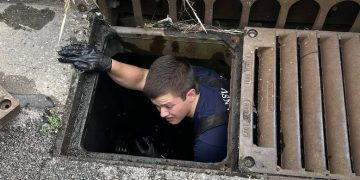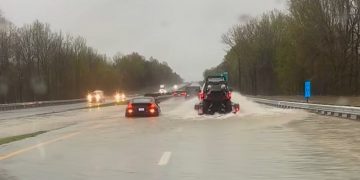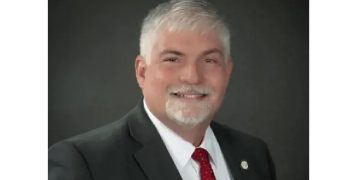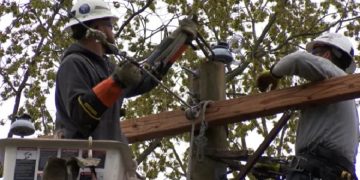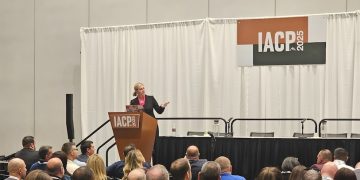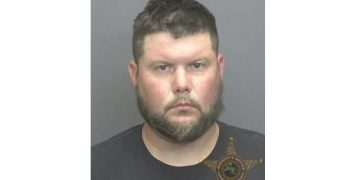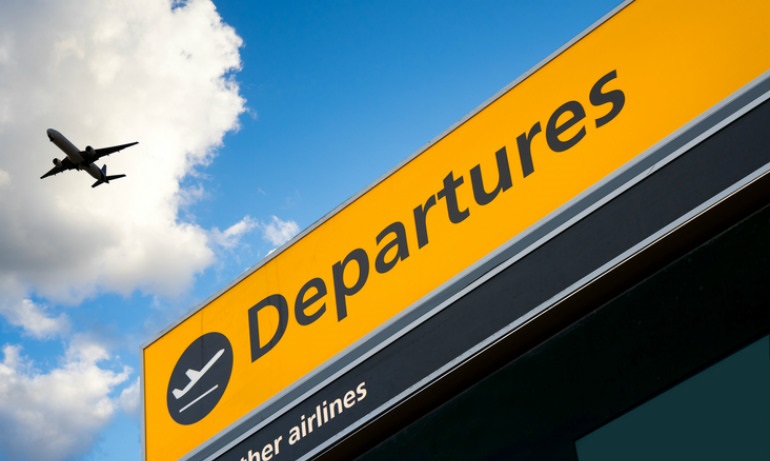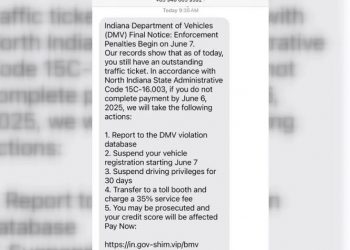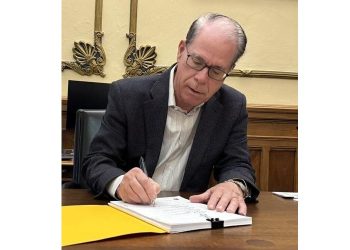Indiana relies on coal for 75 percent of its power. Together coal mines and coal burning power plants have a $750 million impact on the state’s economy.
As the economics of energy changes, many small, rural communities are set to suffer as energy providers work to modernize their energy portfolios away from coal. Legislators are hoping to interfere, but that will come at a cost.
Tim Abrams remembers when Hoosier Energy’s Merom Generating Station in Sullivan County first opened. A collector, he has relics of those early days in a cabinet at his home near Indiana’s border with Illinois not far from the Wabash River.
Abrams now works at the Merom plant, but he’s not only worried about his personal future.
He’s the president of the Sullivan County Council and knows the Mirom plant is the largest drivers of the local economy.
“When we lose Hoosier Energy, we’re going to lose a lot of tax base,” he admits candidly in his home. “That’s going to effect the country. I’m going to have to be looking at all of that too.”
Communities Adjusting To Life After Coal
Abrams hopes to convince Hoosier Energy to keep the plant open. He cites millions of dollars the company recently invested in the facility’s infrastructure along with concerns over what officials will do if demand for power increases. Currently, natural gas prices are at historic lows and it burns cleaner than coal. Renewable prices also continue to drop, but they’re not as reliable and storing that energy can be difficult.
“I can believe that this country needs to go to a clean environment,” he says. “I can believe that, but if you want to bring the industrial machine back to this country, you’re going to need coal fired plants to do that.”
Abrams and others closely associated with the coal industry say they understand the need for cleaner generation. But many, like Kevin Hills, the Mining Program Director at Vincennes University, say it will take time to develop more efficient and sources.
“Alternative energy has [sic] always got a place, but coal is really what’s built this country to where it’s at now,” he says. “I think there’s a misconception about what a coal miner really is now, compared to what he was 50 [or] 75 years ago.”
Vincennes recently invested $2 million in a mining training center. In addition to the miners themselves, communities and the people in them rely on coal for their well-being.
“You’re going to have people that are going to be hurting because they put everything into it they have,” Hills, who has made his living in the mines admits the situation for miners out of a job can be difficult. “They’ve got kids in college, house payments, car payments, stuff like that, so you’re going to have to start all over again.”
While state policymakers and companies often tout workforce training programs, Hills has a simple observation.
“Not everybody can code,” he says, and Abrams agrees.
Communities Hope To Shift Narrative In Spite Of Closures
“The small communities are being left behind. You go through these little towns the brick and mortar buildings—a lot of them are empty,” Abrams says. “They tell you everything is better, and maybe they are, [but] as a whole I don’t think it’s as good as far the jobs locally.
That’s something local governments are saddled with figuring out. Clint Lamb is the mayor of Sullivan—a town of less than 4,500 people just north of the Merom Plant and Sunrise Coal’s Mine in Carlisle which just closed in December.
“The reality is this, Hoosier Energy went online in 1982. We were told in 1982, that it was going to be a 30-year plant,” Lamb says the town had a heads up and failed to act. “I don’t know, which is the bigger travesty here. The fact that Hoosier Energy has announced their closure or the fact that quite frankly, for the last three decades, we didn’t exactly invest in ourselves. We put all our eggs in one basket—or pun intended—all of our coal in one bucket.”
Republican legislators have abandoned free market tendencies and tried to slow these closures, by forcing energy companies to keep coal in their portfolios longer. That’s something a lot of coal execs support, but economists and energy companies say it would lead to higher prices for consumers.
Representative Ed Soliday (R- Valparaiso) was not availble for an interivew, but about the bill during House testimony.
“You’re not just getting rid of the coal people,” he said in the chamber. “You’re getting rid of the lady who works at the dentist office [and] the lady who sells the tennis shoes, you’re kiling the communities.”
The Indiana Senate amended Soliday’s bill to include greater empahsis on workforce training and removed controversial requirements for providers to stockpile coal. It is unclear if the bill will pass, but even if it does experts say the impact will be minimal.
Lamb believes state-level intervention could be used more effectively.
“While our hearts go out to the coal miners that are affected and the folks that Hoosier Energy. The reality is, this isn’t as much of a political issue as it is an economic issue.”
He hopes to take a different approach to economic development by investing in infrastructure projects and physical improvements to his town. Projects like accessible sidewalks, a civic center, and apartments on the town square are bringing more people to Sullivan.
“I hope in the year 2050 [people are] saying, wow, you know, they were dealt a bad hand. It was unfortunate those coal miners lost their jobs, Hoosier Energy had to shut it down. But you know what, that was the group that took the bull by the horns and they invested in our community, and we’re proud of that,” he says. “I don’t want to wait another 30 years and just hope something good happens. You’ve got to make it happen and you have to invest in yourself.”
But those future goals don’t do much to aid Abrams currently. He hopes to convince energy company stakeholders to keep the plant—and its economic benefits.
He admits, his action plan is unclear, but doesn’t want to give up without a fight. If it comes to that, Abrams has no plans to leave. He’s spent his entire life and raised a family here.
Hoosier Energy plans to close the Merom plant at the end of 2023.
“I’m optimistic I guess. I’m just going to keep working and hope for the best,” he says looking off into the distance. “But I’m not going to go anywhere. This is my home.”
